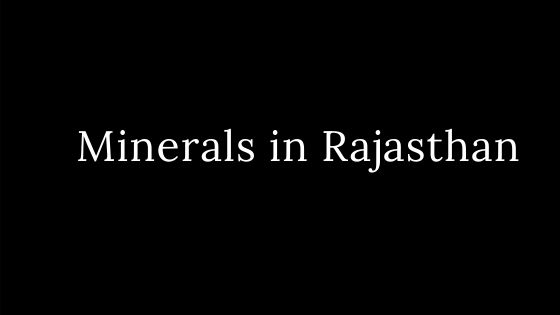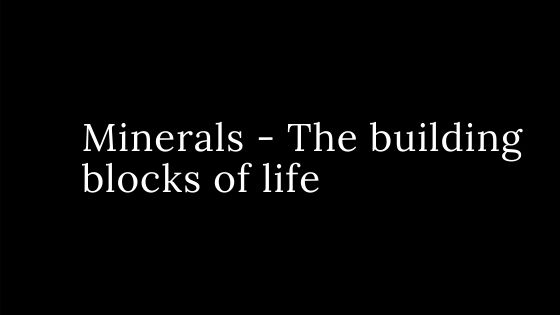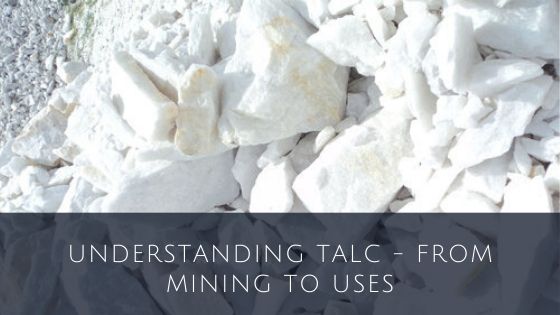Rajasthan is a mineral-rich state. The are many varieties of minerals in Rajasthan. The state offers more than 75 varieties of minerals out of which more than 50 are commercially mined. The minerals found in Rajasthan are used by various industries as a raw material for manufacturing processes.
The state dominates in manufacturing the major minerals in Rajasthan like Lead-Zinc, Wollastonite, Gypsum, Calcite, Ochre, Silver, Rock Phosphate etc.
List of minerals found in Rajasthan
Cadmium
Copper Ore
Gold
Iron Ore
Lead Ore
Manganese Ore
Silver
Zinc Ore
Bauxite
Bismuth
Cobalt
Molybdenum
Nickel
Platinum
Pyrite
Tin
Tungsten Ore
Uranium Ore
Lignite
Natural Gas
Petroleum (Crude Oil)
Asbestos
Ball Clay
Barytes
Calcite
China Clay/White Clay
Dolomite
Feldspar
Fire Clay
Fluorspar
Garnet (Abrasive & Gem)
Graphite
Gypsum
Jasper
Kyanite
Laterite
Limestone (SMS & Cement Grade)
Magnesite
Mica
Ochers (red&yellow)
Pyrophyllite
Quartz
Quartzite (Refractory)
Rock Phosphate
Selenite
Silica Sand
Siliceous Earth
Soapstone
Vermiculite
Wollastonite
Topaz
Tourmaline
Agate/Amethyst
Apatite
Aquamarine
Beryl
Corundum
Emerald Crude
Epidote
Nepheline Syenite
Sillimanite
Bajari/Kankar
Bentonite
Brick Earth
Chert
Dolomite (Chips)
Fuller’s Earth
Granite
Limestone (Building & Burning)
Marble
MillStone
Murram
Quartzite
Rhyolite
Sandstone
Saltpetre
Serpentinite (Green Marble)
Shale/Phyllite/Schist (Patti Katla)
Slatestone
Mines and Minerals in Rajasthan
Rajasthan is the sole producer of a variety of minerals including Lead and Zinc ores, Selenite, Wollestine etc. The state is also a leading producer of Calcite, Silver, Gypsum, Rock Phosphate, Steel and Cement grade limestone, Feldspar etc.
Besides, Rajasthan holds a major producer of dimensional and decorative stones like granite, marble sandstone etc.
Mineral-based industries in Rajasthan
Due to the availability of a large variety of metallic and non-metallic industrial minerals, Rajasthan offers a huge potential of mineral-based industries.
Important Mineral-Based Industries:
- Cement Plants
- Copper Smelter
- Fertilizer (single super phosphate/urea)
- Glazed tiles and ceramic
- Insulator (L.T. & H.T.)
- Lead-Zinc beneficiation plants
- Ceramic sanitary ware
- Sulphuric acid
- Super Zinc smelter
- Lead-Zinc smelter
- Zinc smelter
- Quartz, Feldspar grinding & pulverizing units
- Iron pelletization plant
- Petroleum product
- Lignite/coal power plants
- Marble & Granite cutting-polishing units
Rajasthan state has leveraged the geographical benefits and the abundance of natural resources by formulating investment-friendly miner policy. Since the state has a rich source of minerals, Rajasthan has become a hub for mineral-based industrial in India.



